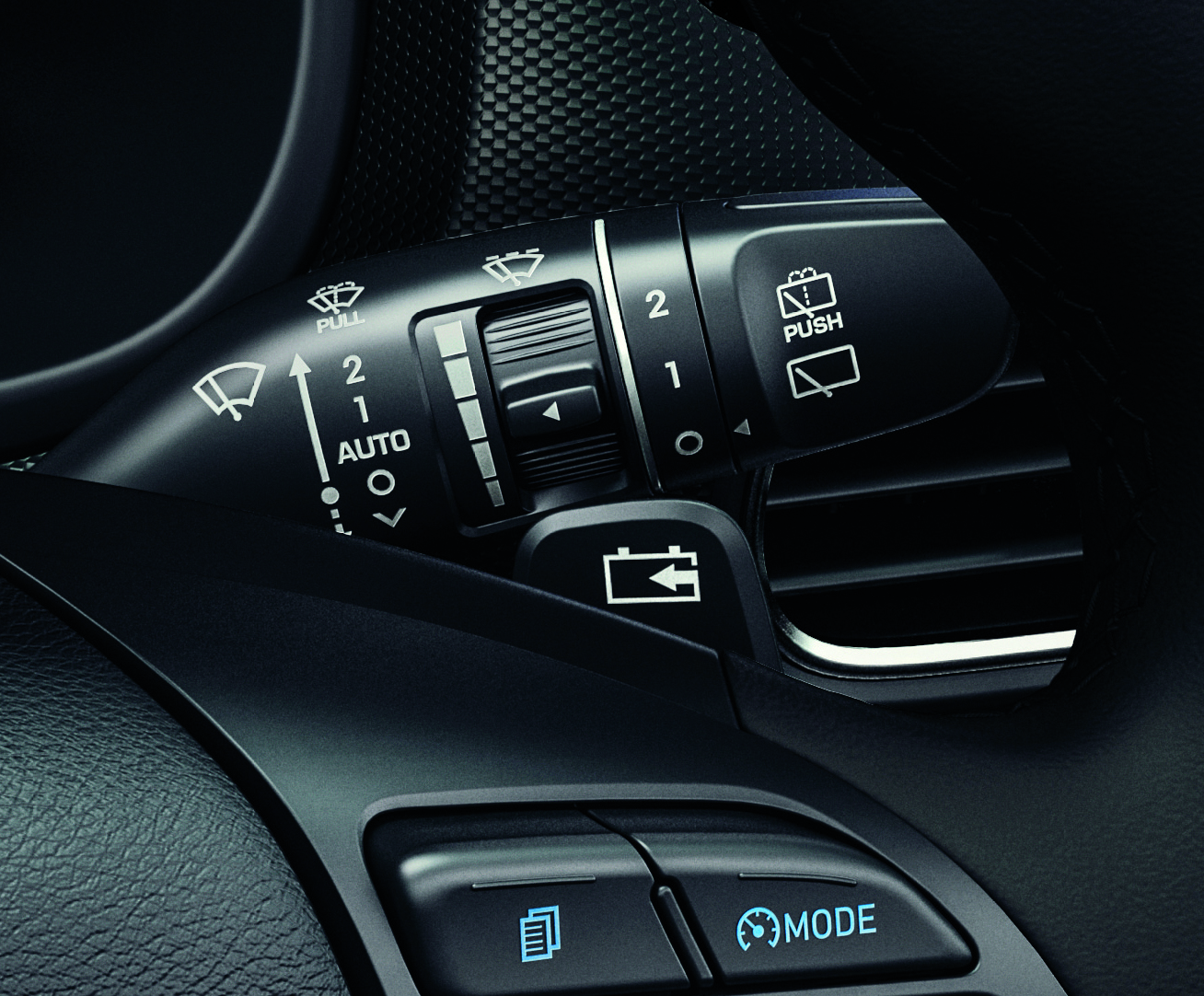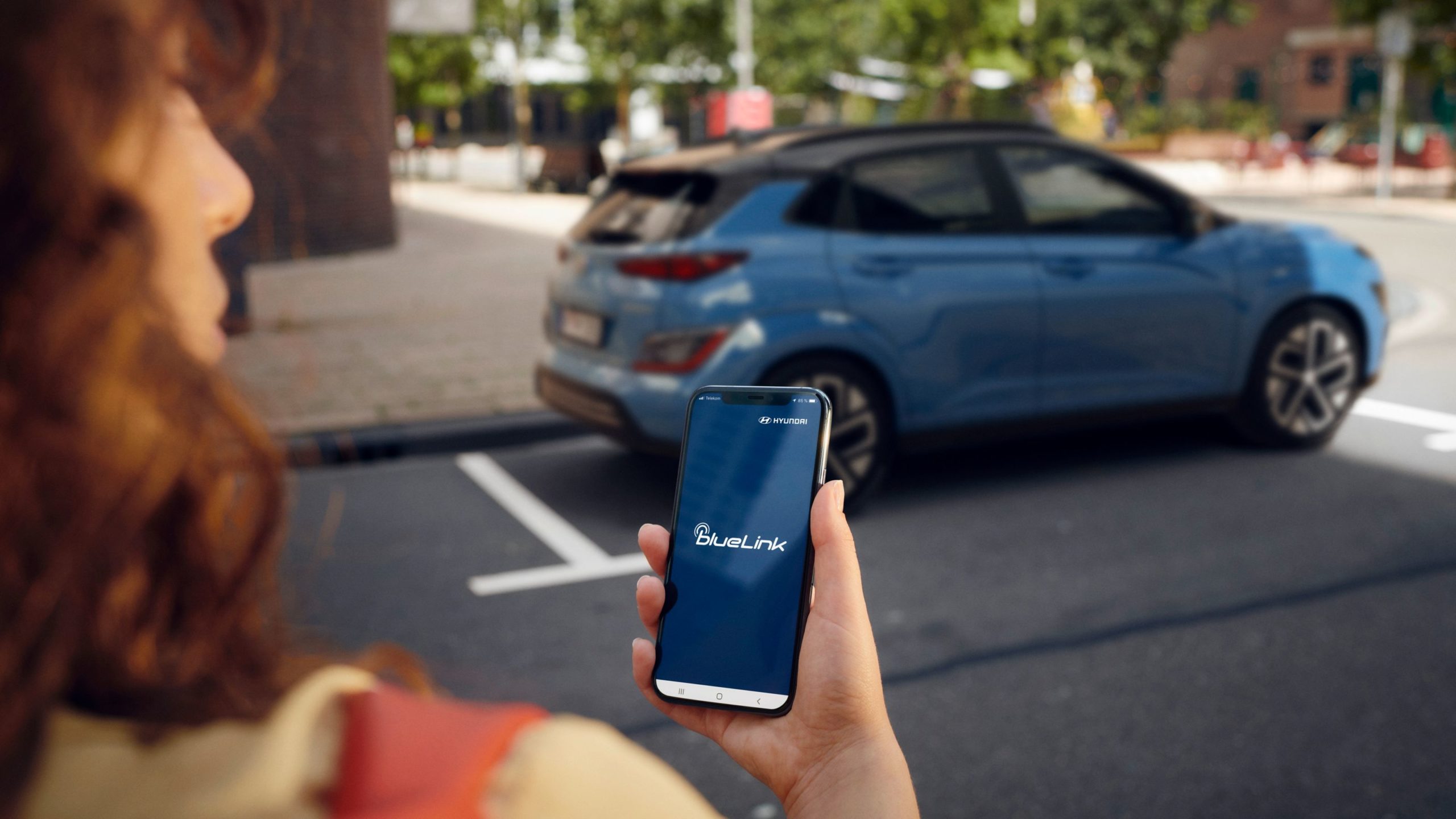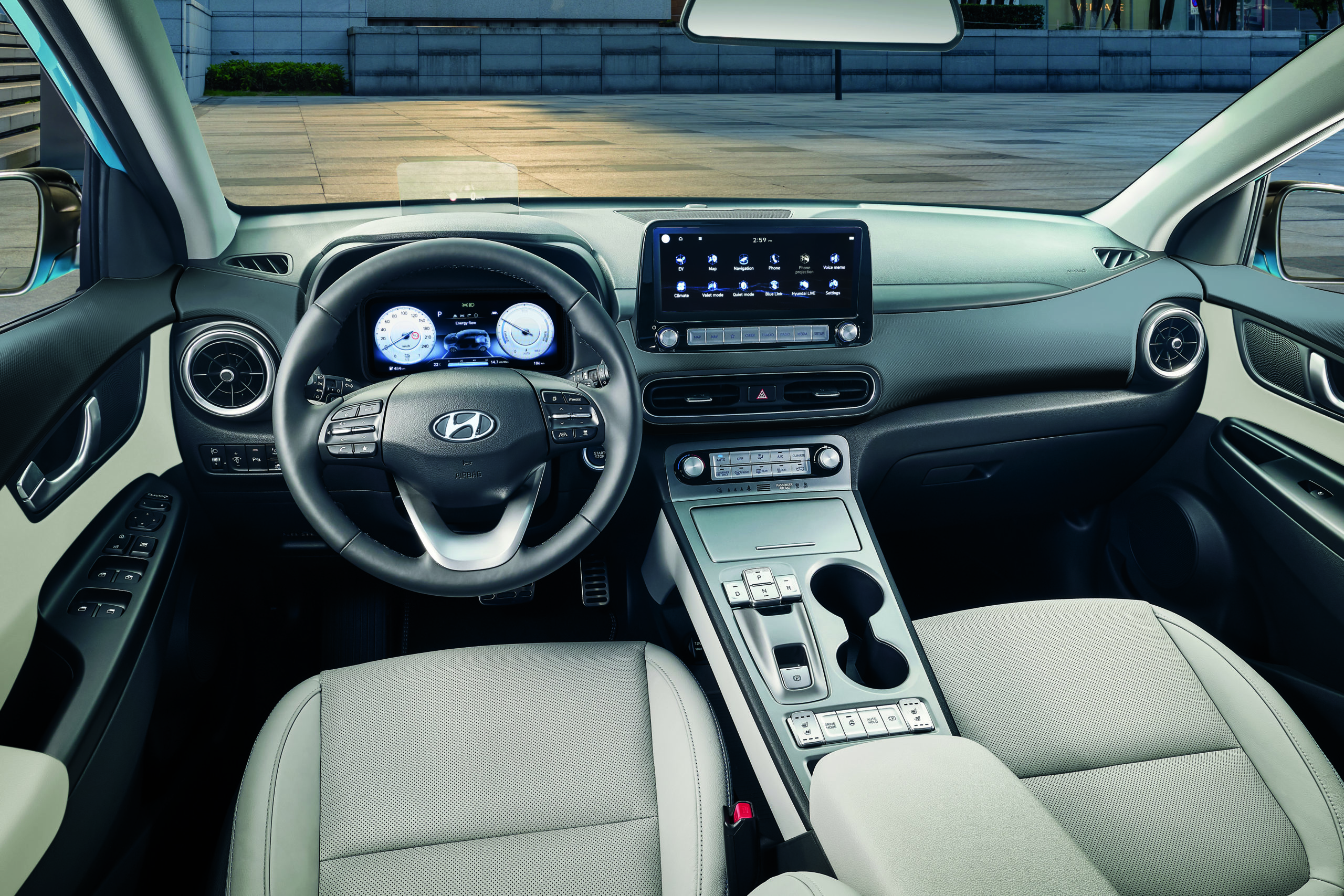Switch to the next generation of driving power
Explore how our award-winning range of innovative hybrid and electric cars look to the future by
building on our outstanding progress in efficiency, range and flexibility. Making it that much easier for
you to now make the switch to alternative fuels.
The time for change is now
Hybrid and electric cars have come of age and are being embraced by local and national government initiatives.
Harness industry recognized excellence
Winner of What Car? 2019 awards for Technology and Best Hybrid Car.
Drive a vision of tomorrow right now
While others only dream, we're ready to power up your life today.
Journey to new horizons of innovation
We've made switching powertrains a simple, smart and sophisticated choice.

Hybrid Power
Know your hybrid
The primary difference between the three types of hybrids available is that each is supported by their electric motors to different degrees. This will influence fuel economy and level of emissions.

How does it work?
The 48V Hybrid will feel like a normal combustion engine powered car, however it is able to run on electric when decelerating or whilst stopped - conserving fuel at regular intervals on your daily drive. It’s an enhancement over traditional start & stop technology as it is able to switch to electric before the car comes to a complete stop, and then assist the engine when accelerating. Fast and smooth engine restarts make it perfect for city traffic.

How does it work?
An electric motor provides a boost to the petrol engine during acceleration and can even power the car completely in certain situations such as cruising at a constant speed. The battery doesn’t need to be charged from a mains supply; it is instead charged by regenerative braking when the vehicle decelerates.

How does it work?
A Plug-in Hybrid has a much larger battery capacity that can be charged using an external power source such as a home charging point or public charging station. The combined petrol engine and large capacity battery gives a much greater driving range than a normal hybrid. It also allows you to travel using solely the electric motor for zero emission driving.
Transforming power to performance
Whichever type of hybrid you feel is right for you, the one thing that connects them all is our forward looking commitment to efficiency, style and engineering.
Aerodynamic excellence
Aesthetics and effectiveness combine to deliver a profile that minimises drag.
Fast, seamless gear changes
Our hybrids feature a 6-speed DCT (dual clutch transmission).
Superior safety
Advanced design and technology working together to protect your wellbeing.
Frequently Asked Questions
How reliable are hybrid vehicles?
Hybrid vehicles are also covered by our comprehensive 5 year unlimited mileage warranty, available for customers when sold by the authorised Hyundai network in Europe.
What is the maximum speed a Hyundai hybrid car can reach before the petrol engine starts?
There are a number of factors that could influence when the petrol engine starts including the speed of acceleration, number of passengers, load on the battery, and remaining battery charge. Hybrid vehicles will utilise the battery whenever it is most efficient to do so thanks to ECO-DAS technology, and there isn’t a set speed in which the petrol engine will become the main power supply.
How far can hyundai hybrid cars travel on battery power alone?
Whilst the hybrid is able to run on electric power for short time periods as it is designed primarily to assist the combustion engine, it’s only the Plug-in Hybrid that can sustain a longer distance in electric mode only.
Can the battery be recycled?
Every Hyundai is built with consideration for what happens at the end of its life. Hyundai have partnered with various battery recycling companies to facilitate the recycling process of high voltage batteries used in our Hybrid models.
Where can I get my hybrid car serviced?
All approved Hyundai dealerships with a Servicing department are trained to work on hybrid technology.
What does self charging hybrid mean?
You might have heard the term self-charging hybrid, but what does this mean? Putting it very simply, a self-charging hybrid works in exactly the same way as a conventional car with no cables to plug in. The technology uses a normal petrol engine, an electric motor and a high voltage battery. The electric motor works with the petrol engine to enhance performance whilst reducing co2 emissions and improving fuel consumption. The battery is recharged by a combination of the engine and through recovering energy which would otherwise be lost (such as when slowing down) or by regenerative braking.
electric Power
Reaching new horizons with electric
Electric cars have come a long way in a short time and are now opening up new horizons in range and reliability. Discover how we’re focusing on making the remarkable performance and efficiency of electric open to all.
Travel far and wide with zero emissions
A large capacity lithium-ion polymer battery gives you the freedom you need.
Recharge faster than a smartphone
Multiple charging options offer total flexibility to get you on the move.
Feel the power of instant torque
Our compact electric motors deliver fast acceleration.
Taking you further
Advances in charging and coverage give you the freedom to roam.

What are the options?
Wall-mounted home charging points allow fast recharging. A 100% charge can be achieved in just over 6 hours - allowing you to get back to full power overnight and take advantage of lower costs electricity rates. These units are fused independently from the household circuit.

How do I find recharging points?
There are now more places to quickly recharge than ever before across the country and our advanced navigation systems are at hand to guide you to the nearest charging station.
How long will recharging take?
Rapid charging DC stations are the fastest way to recharge your electric car on the road - you can be charged back up to 80% in just 57 minutes with the IONIQ Electric.
The best of all worlds
Thinking electric means thinking efficiently, effectively and intelligently in every way.
Adjustable regenerative braking
Maximise your driving range by using paddle shift controls on the steering wheel to choose how much battery recharging power you want to harness from deceleration.

Bluelink® connectivity
Seamlessly connect to our ingenious on-board car services via the Bluelink® smartphone app - giving you remote access to charging, heating, door locking, car finder and more.

Real-time services
Get up-to-the-minute news on travel, weather, parking and more with Hyundai's indispensable LIVE services.

Switch to electric now for energising rewards
An increasing number of local and national environmental initiatives are embracing forward-thinking car owners making the move to electric.
Benefit from up to €12,000 in government grants when making the move over to electric.
How else can we help?
Frequently asked questions
What Factors could affect the range of an electric vehicle?
Similar to a combustion engine car which can have fuel economy affected by different factors, an electric car is the same. Outside temperature, number of passengers or luggage in the car, driving style, and load on the battery from aspects such as heated seats, or air conditioning can alter the driving range that can be achieved.
how does the maintenance of an electric vehicle differ from that of a combustion engine vehicle?
As there are less moving parts than a combustion engine, the servicing schedule doesn’t include aspects such as oil changes, and due to regenerative braking there is often less wear imposed on the brake pads and discs.
Why is it more cost effective to run an electric car?
Dependent on the type of journeys you do, an electric car is cheap to recharge compared to filling the fuel tank on a combustion engine powered car, especially if you can benefit from cheaper overnight electricity tariffs. Government grants for both personal & business users also make electric cars a cost effective option.
Where can i get my electric car serviced?
All approved Hyundai dealerships with a Servicing department are trained to work on electric technology.
Common EV Myths – Busted
Like any emerging technological innovation, electric vehicles (EVs) are often misunderstood. Whether it is triggered by uncertainty or by resistance to change, misunderstanding caused by myths can lead to an unfairly negative outlook.
Let’s take a look at some of the most common myths and explore the reality.
Myth:
Driving Electric is
Not Less Polluting

Myth:
EV Batteries
Can’t be Recycled

Myth:
EV Batteries Only
Last a Few Years
While the battery in your smartphone only lasts a couple of years, that’s because you charge it every day. The average EV driver charges their car a few times a month.
EVs are also designed to charge smarter. When they are charged, they only replenish the depleted cells, which distributes the load across the thousands of cells that make up a battery pack.
The standard Hyundai EV battery warranty is valid for up to 160,000km, so you can be sure your EV will still be going strong for years to come.

Myth:
EVs Don’t Have
a Big Range
It’s natural for drivers to be concerned about being stranded with a flat battery miles from a charging station, but as EVs become more commonplace this will become no more of a risk than running out of fuel.
The range of most EVs far outstrips the average daily distance covered by most drivers. According to the Worldwide Harmonized Light Vehicle Test Procedure (WLTP) standard, the maximum driving range of IONIQ 5 on a single charge will be around 470-480km.*
Furthermore, the IONIQ 5 is built using Hyundai’s new E-GMP, which includes ultra-fast charging capabilities. It can charge to 80% in just 18 minutes, and a quick five-minute charge can give it 100km of range.**
*This is a predicted range. The official driving range for IONIQ 5 will be announced soon.
**Disclaimer: according to the Worldwide Harmonized Light Vehicle Test Procedure WLTP for the 72.6kWh battery option.